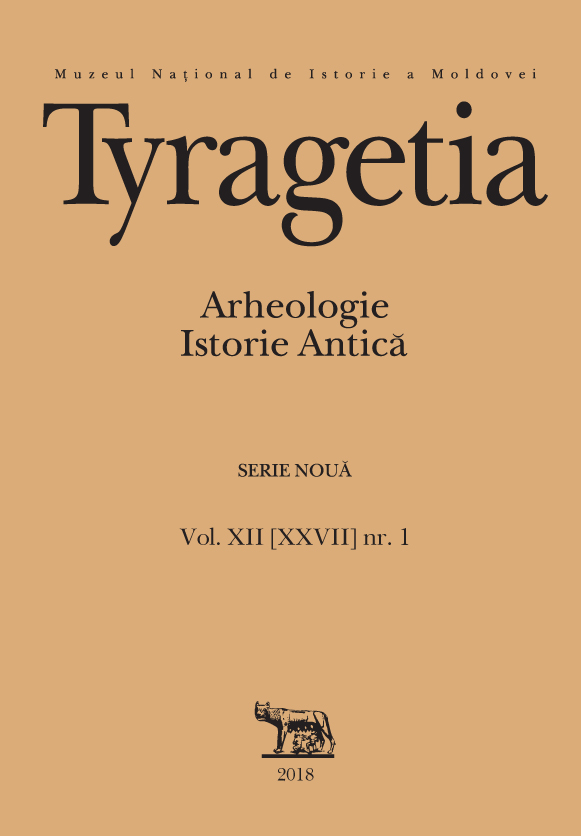Resurse animale pentru economia comunităţilor
culturii Noua (epoca bronzului): Studiu de caz privind aşezarea de la Crasnaleuca (judeţul Botoşani, România)
Animal Resources in the Economy of the Noua Culture (Bronze Age) Communities: case study on the settlement at Crasnaleuca (Botosani County, Romania)
Author(s): Simina Margareta Stanc, Vasile Diaconu, Luminiţa BejenaruSubject(s): Archaeology
Published by: Muzeul Naţional de Istorie a Moldovei
Keywords: Bronze Age; Noua Culture; paleoeconomy; archeozoology; animal husbandry; hunting; Crasnaleuca; Romania;
Summary/Abstract: During the excavations carried out in 1992-1994 at Crasnaleuca settlement (Botosani County, Romania) were found materials coming from the Bronze Age (Noua Culture). The archaeozoological sample consists of 2656 remains, of which four belong to the birds, two to the fish, and the rest to the mammals (2650). The presence of mammal remains illustrates two important activities of the Crasnaleuca population: hunting and animal husbandry. Most of the mammals remains belong to the domestic species (93.7%); in this group, cattle (Bos taurus) has the highest representation (50.4% of the identified mammal remains), followed by sheep/goat (Ovis aries/Capra hircus) – 25.3% and pig (Sus domesticus) – 9.3%. Other identified species of domestic mammals are horse (Equus caballus) and dog (Canis domesticus). Wild mammal remains do not have a significant frequency (6.3%), which indicated that hunting was not an important occupation for the inhabitants at Crasnaleuca. Identified species are red deer (Cervus elaphus), wild boar (Sus scrofa), roe deer (Capreolus capreolus), hare (Lepus europaeus); red deer and wild boar have the highest proportion in the group of wild mammals.
Journal: Tyragetia (Serie Nouă)
- Issue Year: XII/2018
- Issue No: 1
- Page Range: 149-154
- Page Count: 6
- Language: Romanian

